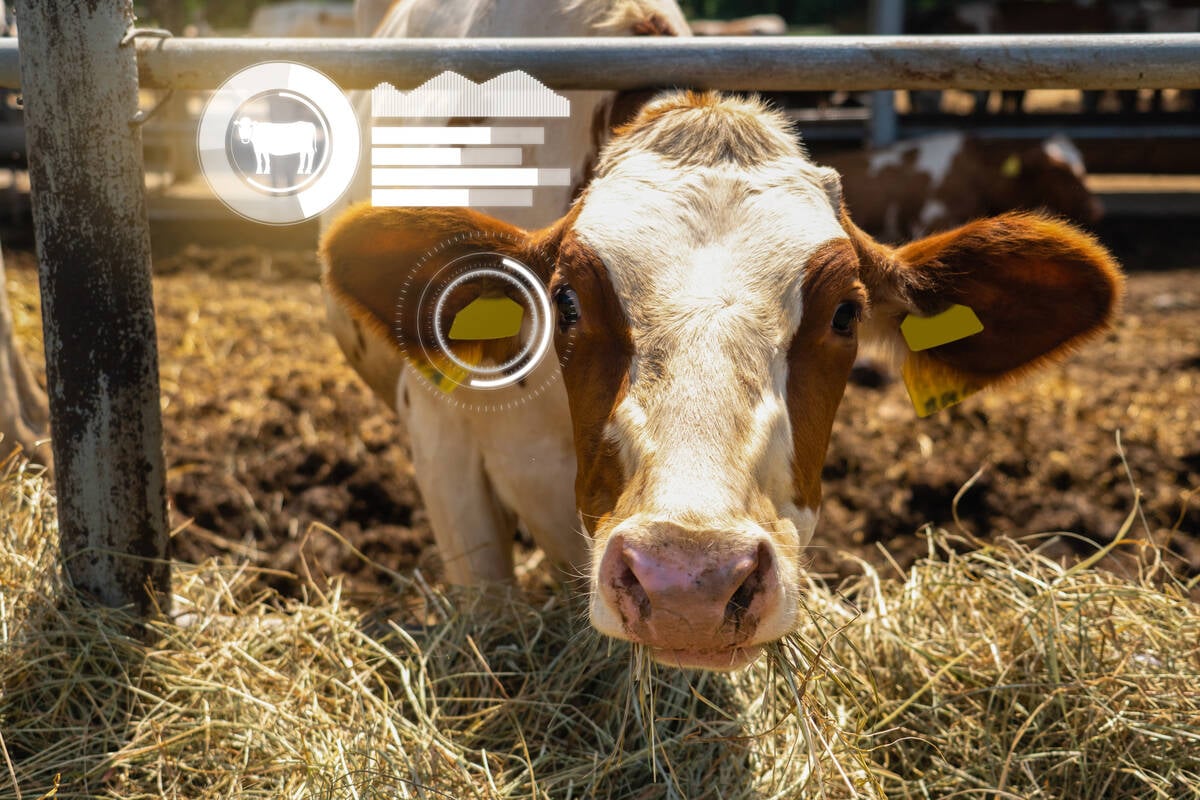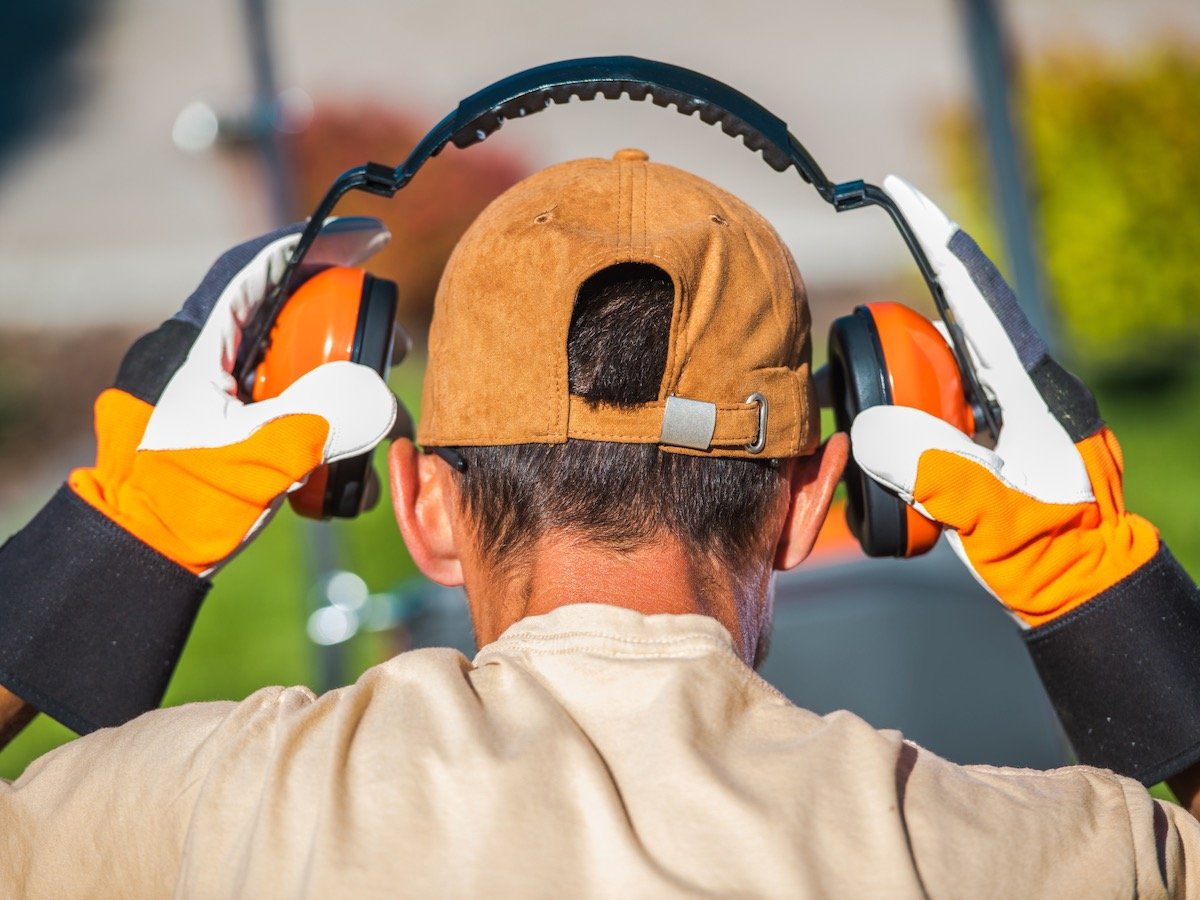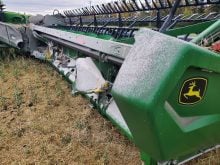When you hear of hazards around a farm, what comes to mind? Tractors? Livestock?
But what about health risks like excessive noise and sun exposure?
Health hazards are often overlooked risks in farming — and while quite different from the dangers posed by farm machinery, they require the same proactive attention and prevention strategies as other farm hazards.
Read Also

Cows in the cloud
Beef cattle herd management software has become an essential tool over 15 years for Lonesome Dove Ranch in Saskatchewan.
“The success of a farm is dependent on a farmer’s well-being. There are a lot of health hazards that can affect a farmer’s health, whether that’s hearing, sun, respiratory, or ergonomic, and they are equally as important as other safety matters on the farm,” says Kendra Ulmer, manager and clinical director of the Agricultural Health and Safety Network at the University of Saskatchewan’s Canadian Centre for Rural and Agricultural Health.
“If your health is compromised, that can create more safety risks. You can’t separate health and safety in agriculture; they go hand in hand.”
Listen up
A notable health hazard around the farm is noise-induced hearing loss, which can occur at any age from prolonged exposure to loud noises or as a result of a sudden loud incident, such as being near a tractor tire that blows. And there is no shortage of loud noises on the farm from machinery, livestock, power tools, ventilation fans, and more.
In fact, farmers and farm workers experience one of the highest rates of noise-induced hearing loss among all occupations. What’s more, research has found that almost 50 per cent of farm youth show some signs of noise-induced hearing loss compared to non-farming youth. Signs of hearing loss can include favouring one ear over the other, difficulty hearing high-pitched sounds, ringing or buzzing in the ears, frequently asking people to repeat what they said, and cranking the volume up high on the TV or radio.
“The important thing to recognize about hearing is that once it’s gone, it’s gone. Hearing aids can help but they don’t replace your hearing,” explains Ulmer.
“Noise-induced hearing loss is permanent and it is irreversible, but it is also 100 per cent preventable. That’s why it’s so important to protect the hearing of children and youth on the farm because the damage done when someone is young stays with them forever.”
In addition to potentially increasing incidents on the farm due to being unable to hear warning sounds, Ulmer notes that hearing loss can also affect a person’s overall health, including increased heart rate and blood pressure, digestive issues, stress, and trouble sleeping.
“For farmers with identified hearing loss, we strongly encourage them to seek support because it does contribute to their quality of life,” says Ulmer. “When we can decrease the noise, we decrease our risk of hearing loss, safety mishaps, and other physical and psychological effects, which means we’re increasing our overall well-being.”

So how can farmers, farm workers, and farm families protect their hearing? Some key preventive measures include:
- Look at ways to eliminate or reduce exposure to loud noises.
- Find hearing protection that works for you. Ears are all shaped differently, so what works for one person may not work for someone else. Try on different types of hearing protection to find one that is comfortable and provides a proper fit.
- When selecting hearing protection, consider other equipment and clothing you will be wearing, such as hard hats or glasses.
- Keep hearing protection in different areas of the farm where it is needed.
- Follow this rule of thumb: If you need to raise your voice to be heard by someone three feet away, then you need to wear hearing protection.
Sun exposure a risk even in winter
Another health hazard for farmers and farm workers is sun exposure. But, just as with hearing loss, it is preventable.
“The sun is a major occupational hazard for anyone who works outdoors,” explains Ulmer.
“With the amount of time that Canadian farmers and other agricultural workers spend outside, they are in the highest risk category for sun exposure, which increases the risk of skin cancer.”
Research has found that outdoor workers have a 2.5 to 3.5 times greater risk of skin cancer compared to indoor workers. With more than 80,000 new cases of skin cancer — 5,000 of which are melanoma, the deadliest form of skin cancer — diagnosed in Canada every year, according to the Canadian Skin Cancer Foundation, prevention and early detection are crucial.
“Farmers and farm families need to make sun safety a part of their daily routine and include it as part of their safety practices because there are serious long-term health consequences to sun exposure,” Ulmer says, noting people should check their skin periodically for any new or changed moles.
While many are conscious of harmful UV rays on hot and sunny summer days, Ulmer says those aren’t the only times when people should take precautions, noting the UV index needs to be monitored year-round.
“People need to think about the impact of the sun’s rays even when it’s cloudy or in the middle of the winter when the sun reflects off the snow. Just as farmers check the forecast to see about rain, they need to check the UV index daily,” Ulmer says.
Ways to protect against sun exposure and heat-related illness on the farm include:
- Wear a lightweight, long-sleeved shirt, sunglasses, and pants if possible.
- A wide-brimmed hat offers more protection than a baseball cap, which doesn’t cover the ears or back of the neck.
- Use sunscreen and reapply it every two hours.
- Stay hydrated by drinking plenty of water.
- Take regular breaks in a cool or shaded area.
- Try to limit outside work during the peak of the day (11 a.m. – 3 p.m.).
While health hazards are ever-present on farms, they shouldn’t be ignored. Being proactive can make all the difference in protecting the well-being of everyone on the farm.
“Farmers and farm workers are always looking after the land, animals, and equipment, but it’s crucial for people to proactively look after their own health as well,” Ulmer says.
“There is a lot of talk about productivity, sustainability, and incorporating new technologies, but we still need a healthy farmer. Because there is no farming without the farmer.”
















 MEMBERSHIP
MEMBERSHIP